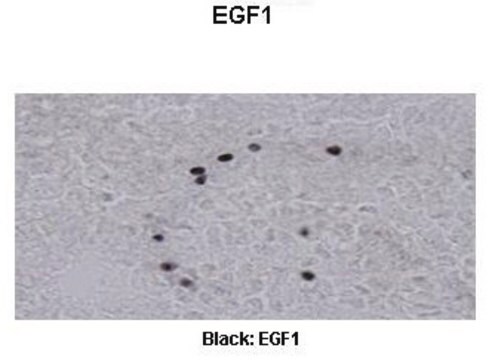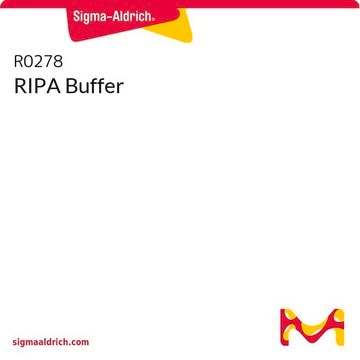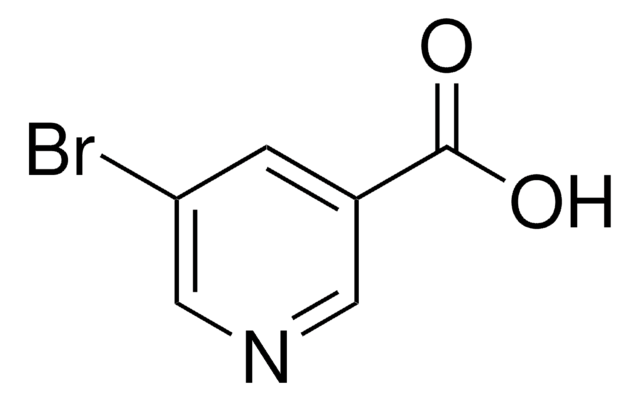AB1553
Anti-Metabotropic Glutamate Receptor 2/3 Antibody
Chemicon®, from rabbit
Sinônimo(s):
mGluR2/3
About This Item
Produtos recomendados
fonte biológica
rabbit
Nível de qualidade
forma do anticorpo
affinity isolated antibody
tipo de produto de anticorpo
primary antibodies
clone
polyclonal
purificado por
affinity chromatography
reatividade de espécies
rat, monkey
fabricante/nome comercial
Chemicon®
técnica(s)
immunohistochemistry (formalin-fixed, paraffin-embedded sections): suitable
western blot: suitable
nº de adesão NCBI
nº de adesão UniProt
Condições de expedição
wet ice
modificação pós-traducional do alvo
unmodified
Informações sobre genes
rat ... Grm2(24415)
rhesus monkey ... Grm2(700214)
Especificidade
Imunogênio
Aplicação
Neuroscience
Neurotransmitters & Receptors
The antibody has not been tested for use in immunoprecipitation. However, antibodies to the carboxy termini of other glutamate receptors are very effective in immunoprecipitation.
Optimal working dilutions must be determined by end user.
forma física
Armazenamento e estabilidade
Informações legais
Exoneração de responsabilidade
Não está encontrando o produto certo?
Experimente o nosso Ferramenta de seleção de produtos.
Código de classe de armazenamento
11 - Combustible Solids
Classe de risco de água (WGK)
WGK 3
Certificados de análise (COA)
Busque Certificados de análise (COA) digitando o Número do Lote do produto. Os números de lote e remessa podem ser encontrados no rótulo de um produto após a palavra “Lot” ou “Batch”.
Já possui este produto?
Encontre a documentação dos produtos que você adquiriu recentemente na biblioteca de documentos.
Active Filters
Nossa equipe de cientistas tem experiência em todas as áreas de pesquisa, incluindo Life Sciences, ciência de materiais, síntese química, cromatografia, química analítica e muitas outras.
Entre em contato com a assistência técnica








